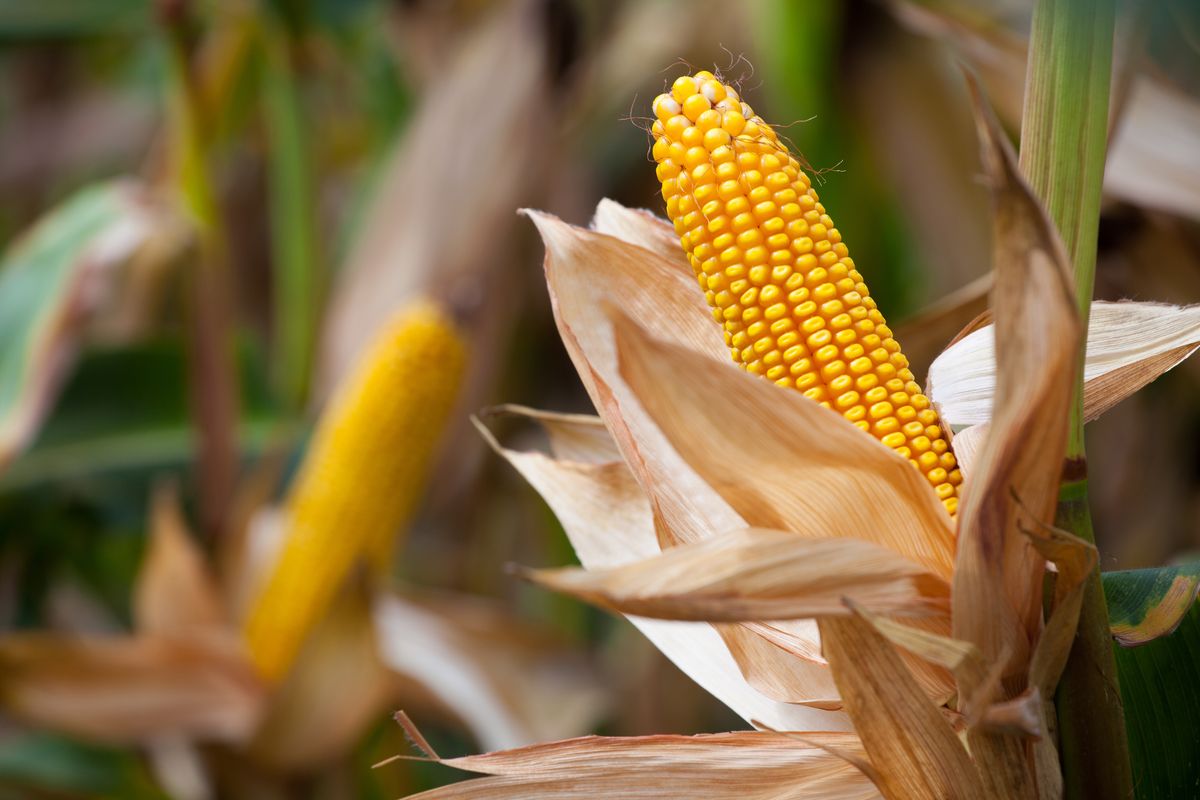Potential Alternative Crops to Safrinha Corn in Brazil

In their February Crop Report, Conab estimated that Brazilian farmers would plant 15.87 million hectares of safrinha corn (39.1 million acres), which is down 7.5% from the 17.17 million planted in 2023 (42.4 million acres). Conab explained that the reduction was due to low corn prices, potential delays in planting the safrinha corn, and the potential for reduced rainfall starting in April.
If farmers plant less safrinha corn, what could be some of the alternative crops? The main options are grain sorghum, cotton, sesame, sunflowers, wheat, rice, dry beans, and cover crops.
The main alternative to safrinha corn is grain sorghum especially in central Brazil according to a scientist from Embrapa. Grain sorghum is especially appealing if planting is delayed until the second half of February until mid-March. Grain sorghum can be planted later than corn because it is more resistant to dry conditions and it can be used as a substitute for corn in animal rations. The cost of production for grain sorghum is 50% of corn and the prices paid for grain sorghum are approximately 80 to 85% compared to corn.
Mato Grosso is the principal cotton producing state in Brazil and the 2023/24 safrinha cotton acreage in the state is expected to increase 10% to 1.4 million hectares according to the Cotton Producers Association of Mato Grosso (Ampa). Cotton prices have not been impacted as much as soybeans or corn so some farmers opted for full-season cotton when they had problems getting their soybeans planted in a timely manner. Additionally, cotton can generate more income comparted to corn, so some farmers switched from safrinha corn to safrinha cotton.
Wheat can serve as an alternative to safrinha corn especially in the state of Parana. The potential income for both wheat and corn is poor, but wheat could serve as an alternative to corn if the corn planting is delayed especially in the southern part of the state. Wheat acreage is also gaining ground in central Brazil with farmers who have irrigation capabilities.
Sesame acreage is increasing especially in the municipality of Canarana in eastern Mato Grosso due to strong market demand.
Sunflowers have become a popular alternative to safrinha corn due to price, a shorter growing cycle, and a greater tolerance to dry conditions.
The main cover crop that is used as an alternative to safrinha corn is brachiaria grass which is a tall growing tropical grass which is a very popular pasture grass.
Read also
Wheat in Southern Brazil Impacted by Dry Weather and Frosts
Oilseed Industry. Leaders and Strategies in the Times of a Great Change
Black Sea & Danube Region: Oilseed and Vegoil Markets Within Ongoing Transfor...
Serbia. The drought will cause extremely high losses for farmers this year
2023/24 Safrinha Corn in Brazil 91% Harvested
Write to us
Our manager will contact you soon



